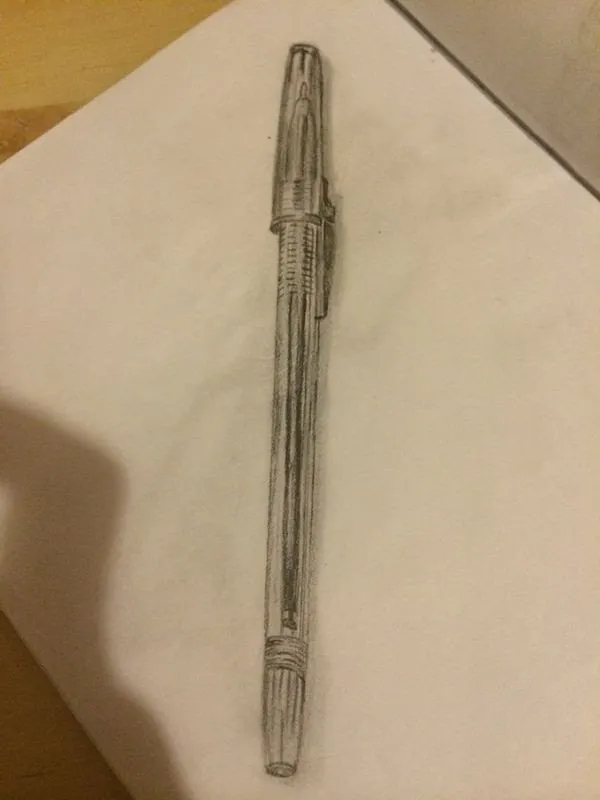Note: this post is a part of a crash course in journalism. If this is the first post from the series you encountered, it is highly recommended to start the course from the beginning. See index of previous lessons at the end of the post.
Back in the golden days of the printed press, people used to have time, to sit down and read the newspaper. Since most people were very devoted to a single newspaper, and very few other sources of information, newspapers had the obligation - and privilege - of supplying almost all relevant facts for their stories.
This is no longer the case, and when writers have to be very concise, the purpose of, and means for, presenting research results and facts in general into a story, have to change.
When stories are limited to few hundred words, writers have to figure out a way to embed the facts into the story, and to sometimes not fully explain certain terms or concepts but instead, urge the readers to complete the missing parts by themselves.
If doing so looks to you as if it is going to make you lose control over some of the meaning and possible implications of your story, then you are absolutely right. But remember that you didn't have such control in the first place. Your story is just one of many voices. If you want it to stand out, make it an engaging and truthful story, but don't think you can outsmart your readers. Instead, send them on their own journey.
How? Simply by doing a good job as journalists, and most importantly, doing your research right.
Index of previous lessons:
Lesson number one: Buy a notebook
Lesson 5: Using your notebook in the field
Lesson 6 : "The something else"
